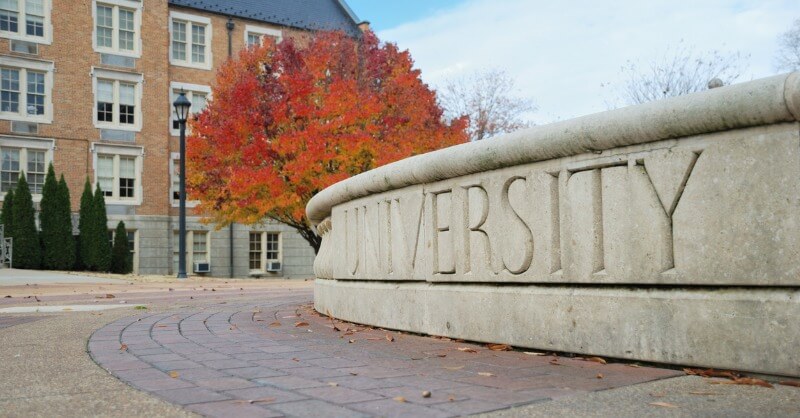Let’s face it, 2020 has been a historically challenging year in recruitment marketing. Before the COVID-19 pandemic turned our lives upside down, the NACAC Code of Ethics was revised to increase competition between higher education institutions nationwide. On top of all that, colleges and universities are charging more than ever to keep their doors open as applications continue to decrease for the eighth straight year.
It’s time to get creative with affordability. Incoming college students are wired for stories and want to make the connection between money spent and value provided. One of the benefits of the Code of Ethics revision is that institutions can get more creative with early deposit and early application incentives. Conceptualizing affordability is nothing new to higher education. Consider the Loan Replacement Assistance Program (LRAP), which several Enrollment Marketing Platform (EMP™) clients have used for years.
Going the LRAP route
Here’s how LRAP Works for Colleges, according to the mylrap.org site:
“A growing number of colleges and universities around the country use LRAP to reinforce their commitment to student success and graduate outcomes. Whether students have chosen career paths that positively contribute to society, but only earn a modest salary, or have yet to secure a rewarding position in an industry of interest, colleges want their alumni to succeed, both personally and professionally after graduation.”
The LRAP program is a perfect way for colleges to add value and return on investment to their value propositions. Faulkner University, an institution that uses EMP to streamline its recruitment marketing, brings affordability to life in their dynamic financial aid packets by mentioning LRAP early on in the yield process. In a nutshell, the institution is telling families that they will have a safety-net after graduation, no matter what the future may hold for their child.
Visualizing value
Beyond loan replacement programs, EMP clients also set their focus beyond additional scholarships and grants when conveying financial perks. Even before the NACAC Code of Ethics changes, clients like Young Harris College (YHC) were getting creative in the “value” department. Rather than offering a $2,000 tuition cut per year, YHC offered students free books on campus — saving them over $5,000 on average over four years. This strategy was compliant with the Code of Ethics and helped families visualize savings rather than just seeing another grant line on a financial aid award.
Young Harris College also encourages families to visualize campus investments. After committing $100 million to renovations and on-campus construction, YHC broke down the investment student by student. They estimated that each student would receive $100,000 in on-campus updates and amenities during their time spent on campus, furthering tuition return on investment.
Other clients, such as Central Methodist University, bring value to life in the form of technology. Rather than give students $1000 off their bottom line, they offer Apple iPads through their Digital U program. Here’s how they describe this program: “At CMU, we’re all about innovation and proficiency – doing our very best to ensure you have the highest level of technology at your fingertips. As a CMU undergraduate student at our main campus in Fayette, Digital U provides you with your very own Apple iPad, loaded with apps and other features to advance skills and expertise.”
Digital U at CMU also provides convenience to families because the technology requirement comes free with tuition; no shopping for the laptop or tablet that works best for their students.
Getting creative with incentives
According to an article on InsideHigherEd.com, High Point University is notorious for offering early enrollment incentives (even before the changes were made to the Code of Ethics). With the changes in the Code of Ethics, it is time for more institutions to take a page from the HPU playbook by offering such incentives as:
- First priority for housing
- First priority in scheduling courses for the fall semester
- A personal parking place for the entire freshman year
- Early move-in
- Early access to a success coach
Since the very first one opened its doors, colleges and universities have been adding value to students’ lives professionally, academically, spiritually and socially. Tuition affordability and career outcome statistics remain at the top of prospective family concerns. While the vast majority of schools are unable to provide a tuition-free offer to incoming students, there are ways to make affordability more apparent to your prospective students.
